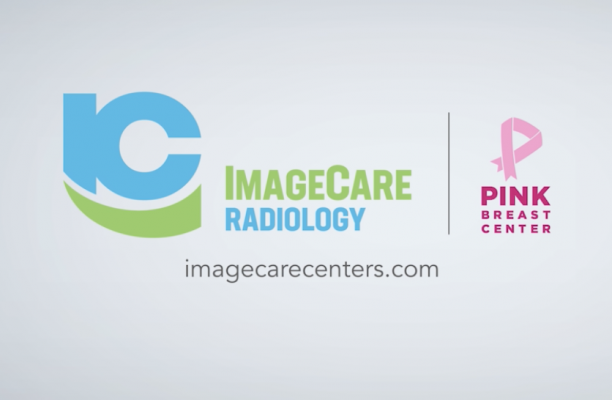
September 20, 2021 — ImageCare Centers is unveiling its new “PINK Better Mammo” service with the addition of ProFound AI for Digital Breast Tomosynthesis (DBT). ProFound AI was the first artificial intelligence (AI) software for DBT, or 3-D mammography, to be FDA cleared; the software is clinically proven to improve accuracy and efficiency for radiologists reading mammography. The technology will be rolled out to all of ImageCare’s mammography centers this October.
PINK Breast Center, the women’s health services arm of ImageCare Centers, has been using ProFound AI since September 2019. The technology has improved workflow and reading accuracy at the facility since adoption, offering benefits to both clinicians and patients. ProFound AI not only reduced the rate of false positives and unnecessary recalls for women, it decreased the amount of biopsies and increased the chance the biopsies performed were needed.
“We are always striving to adopt the latest in cutting-edge technology - we were among the first in our communities to adopt DBT and ProFound AI,” according to Lisa Sheppard, M.D., founder of PINK Breast Center. “As soon as we implemented ProFound AI, we started using it on all of our DBT breast cancer screenings. It greatly improved our workflow and enabled us to get back to rapid reads and offered the opportunity to provide results for patients in real-time.”
DBT, or 3-D mammography, offers many advantages over 2-D mammography, including increased cancer detection rates with fewer false positives that lead to unnecessary and costly recalls, but it also increases reading time almost two-fold, compared to 2D mammography alone. While 2D mammography typically yields four images for each screening patient, DBT produces hundreds of images for each patient, thus substantially increasing the daily workload for clinicians. DBT is especially useful for women with dense breasts because breast cancer and breast tissue both appear white on a mammogram, making it difficult for the radiologist to read. DBT improves the radiologist’s ability to find cancers and can reduce the need for biopsies.
Built with the latest in deep-learning technology, ProFound AI rapidly analyzes each DBT image, or slice, detecting malignant soft tissue densities and calcifications with unrivaled accuracy. Certainty of Finding and Case Scores are assigned to each detection and each case respectively. These scores represent the algorithm’s confidence that a detection or case is malignant, providing crucial information for radiologists that may assist them in clinical decision making.
“ProFound AI is revolutionizing the way mammography is read. With superior performance and sensitivity, the software offers unrivaled accuracy and time-savings benefits,” according to Stacey Stevens, President of iCAD, the manufacturer of ProFound AI. “As one of the latest tools in the fight against breast cancer, we are pleased that it will soon be available to more women in New Jersey.”
ProFound AI for DBT was clinically proven in a large reader study to increase radiologists’ sensitivity by 8 percent, minimize the rate of false positives and unnecessary recalls by 7 percent and reduce reading time by 52.7 percent.i ProFound AI was also clinically proven to slash reading time by up to 57.4 percent for radiologists reading cases of women with dense breasts.ii
“When ProFound AI highlights an area, we know it’s something to investigate. It’s much more selective than other CAD technologies and offers a remarkable improvement in terms of the focus,” said Sheppard. She added, “This technology has made a tremendous impact on patient care at PINK Breast Center. It helps to ensure that the biopsies we perform are more likely to be cancer, and we also now have fewer false positives and callbacks.”
For more information: www.imagecarecenters.com


 December 08, 2025
December 08, 2025 









